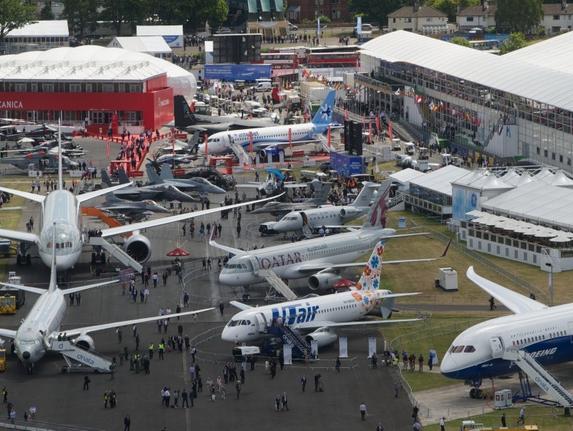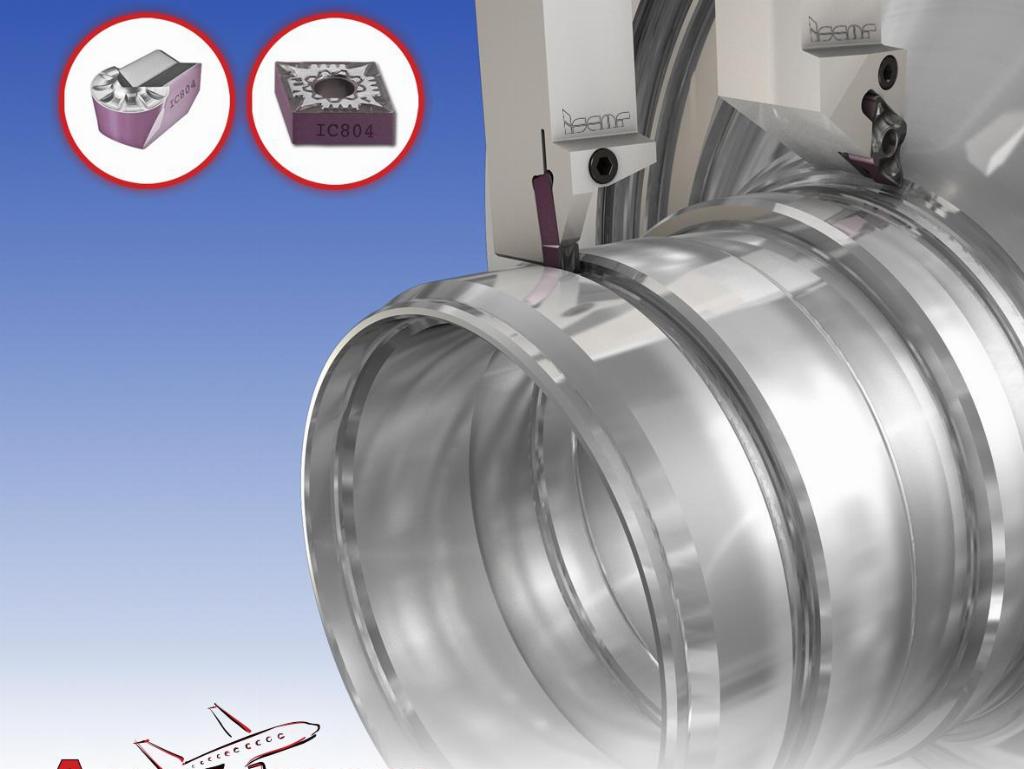Is the future of composites up in the air?

The aerospace industry faces mounting pressure to reduce weight to meet ever stringent market and legislative demands regarding fuel consumption and carbon emissions, whilst ensuring costs don’t run away. Engineers need to look beyond traditional choices to achieve a step change says Richard Thompson, commercial director at British Aluminium Matrix Composite (AMC) manufacturer Alvant.
As far back as the 1950s, the use of composite materials has become prevalent in the aircraft industry. Known for its stronger and lighter properties, they have surpassed aluminium in a growing number of applications including the fuselage and primary structure.
Composite materials, including glass fibres and carbon fibres, are so called because they consist of two or more materials. Fibreglass, comprised of glass fibres and epoxy resin, is a composite used in planes. Boeing was the first aircraft manufacturer to use it almost 70 years ago. The first commercial airplane to be constructed from 50% composite materials, mostly carbon fibre composites, was the Boeing 787 Dreamliner, which was first put into service in 2011 by Nippon Airways.
Alvant and AMCs
It goes without saying that composite materials have undoubtedly revolutionised the aviation industry, and one might think that emerging metal companies like Alvant would pursue this route as a means of developing the same composite materials and components for aerospace.
But while what has been achieved with the 787 is an incredible feat of engineering, using composites does present some engineering and maintenance challenges. That’s where Alvant steps in, in the form of a solution thanks to AMCs which are designed, developed, tested and manufactured by the company.

There are four Alvant AMC materials families, namely AlXal (pronounced Al-Zal) – a continuous fibre reinforced AMC; ParXal – a particle loaded AMC; AerXal – an aluminium syntactic foam; and CorXal – a high-performance multi-phase AMC similar in concept to a sandwich material but made in a single-shot process providing ultra-high stiffness and low density (~1.5g/cc).
An AMC is aluminium combined with a high-performance secondary material, increasing stiffness by up to four times compared to some grades of aluminium. It is suitable for applications where conventional metals are expected to approach or exceed their performance limits whilst being more tolerant to physical and thermal damage than carbon composite materials.

AMCs are already being considered for applications in high-pressure seals, aircraft landing gear and seats, where safety and reliability are essential. And the list for use cases grows by the day.
There are even bigger gains to be had in weight reduction, which has become a growing challenge for the industry to successfully navigate around. For example, AMCs can offer superior longitudinal strength to that of steel at one-third of the weight, and this reduction in aircraft weight will also have a corresponding effect on fuel consumption.
A sustainable solution
This also addresses the crucial matter of sustainability and for one, a composite part has potential sustainability issues. They aren’t good for the environment, and unlike fibre-reinforced AMCs, they are not easily recyclable.
End of life is now very much a consideration in design development, with more emphasis on the entire product lifecycle in this industry. Furthermore, it’s not delivering all the supposed guarantees – tales of patching composite structures and engineers overcompensating on calculations due to a lack of knowledge on how composites behave in an airframe, highlight that it isn’t a solution for every application.
Composite materials have conductivity issues too. Standard aircraft composite materials don’t conduct electricity and so, unlike aluminium, can’t prevent lightning from being directed to a plane's fuel tanks. This was initially a problem for the 787, which was then corrected by incorporating wire mesh into the composite. In some cases of AMCs, they can offer special thermal and electrical properties.
The CorXal concept
A good illustration of Alvant pushing the envelope in the progression and advancement of AMCs’ capabilities in aerospace is through its own CorXal material – one of Alvant’s four aforementioned AMC materials families - with one example including the incorporation of a single piece of AMC in the leading edge of aircraft wings.

Aircraft wings are subject to large aerodynamic forces, significant changes in temperature and are susceptible to bird and lightning strikes. The existing materials used in traditional wing manufacture have been found to be susceptible to bond degradation between the skin and core elements. This can be triggered by environmental factors such as temperature, moisture ingress and contamination, which can negatively impact on the integrity of the bond. The result has been a tendency to design components with excessive safety factors to compensate for this potential degradation.
Due to the one-shot production method of CorXal there is no bond interface between the skin and core elements which ensures a continuous aluminium matrix throughout the material and provides a closed system. This means parts made from CorXal will not succumb to the environmental conditions, maintaining the necessary structural properties needed, increasing stiffness by up to four times compared to some grades of aluminium, which will also have a corresponding effect on fuel consumption.

Project collaboration takes off
Rising interest in AMCs has been affirmed through a real application now in progress with high-technology group, Safran Landing Systems, after partnering with Alvant on a two-year, £28 million project. ‘Large Landing Gear of the Future’ aims to reduce landing gear weight by as much as 30% and looks at how AMCs can challenge traditional materials in the design and manufacture of landing gear assemblies. Current landing gear systems are typically stronger and heavier than necessary, accounting for approximately 3% of aircraft weight, with a corresponding effect on fuel consumption.
Alvant’s contribution to the project is the design, manufacture and testing of an AMC brake rod, targeting a 30% weight reduction over an equivalent titanium component whilst maintaining the same strength as steel. According to Alvant, a key objective of the project is to test and demonstrate as many technology advances as possible, with the landing gear component considered to be just one of the many ways in which AMCs can help.
On the horizon
AMCs pose a huge potential for this multi-million pound industry, and Alvant believes that they will particularly benefit end users with their specific properties such as low density, good fatigue performance, high wear, corrosion resistance and low cost - all seen as universal prerequisites for effective functioning in the aerospace industry.
The time is right for some radical changes in the industry and the opportunity to think and act differently is something Alvant is focused on now more than ever, which inspires and excites the whole team as it anticipates how it will meet these challenges.
Alvant www.alvant.com














